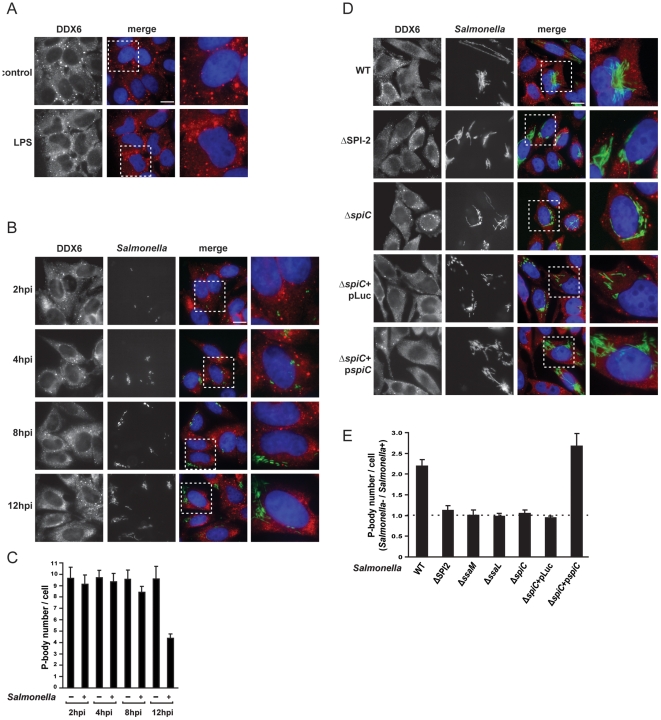Figure 3. Salmonella induced PB disruption is dependent on the activation of the SPI-2 T3SS.
(A) HeLa cells were mock-treated or treated with LPS (1 µg/ml) for 20 hours. Cells were stained with anti-DDX6 antibody. Scale bar, 10 µm. The region highlighted by a white square is enlarged on the rightmost panel. (B) HeLa cells were infected with Salmonella for 2, 4, 8 and 12 hours as indicated, and then processed for PB detection using anti-DDX6 antibody. (C) Average number of PBs per cell in the population of cells in which Salmonella was not internalized (Salmonella −) and in cells in which the bacteria were internalized (Salmonella +), at the indicated times post-infection. Mean values ± standard deviations from at least three independent experiments are shown. (D) HeLa cells were infected with wild-type Salmonella or with the indicated mutant strains and collected at 20 hours p.i. PBs were detected using anti-DDX6 antibody (red channel). (E) Ratio of the average number of PBs per cell between the cell population in which bacteria where not internalized (Salmonella −) and the infected cells (Salmonella +) for wild-type and mutant Salmonella strains. Mean values ± standard deviations from at least three independent experiments are shown.

